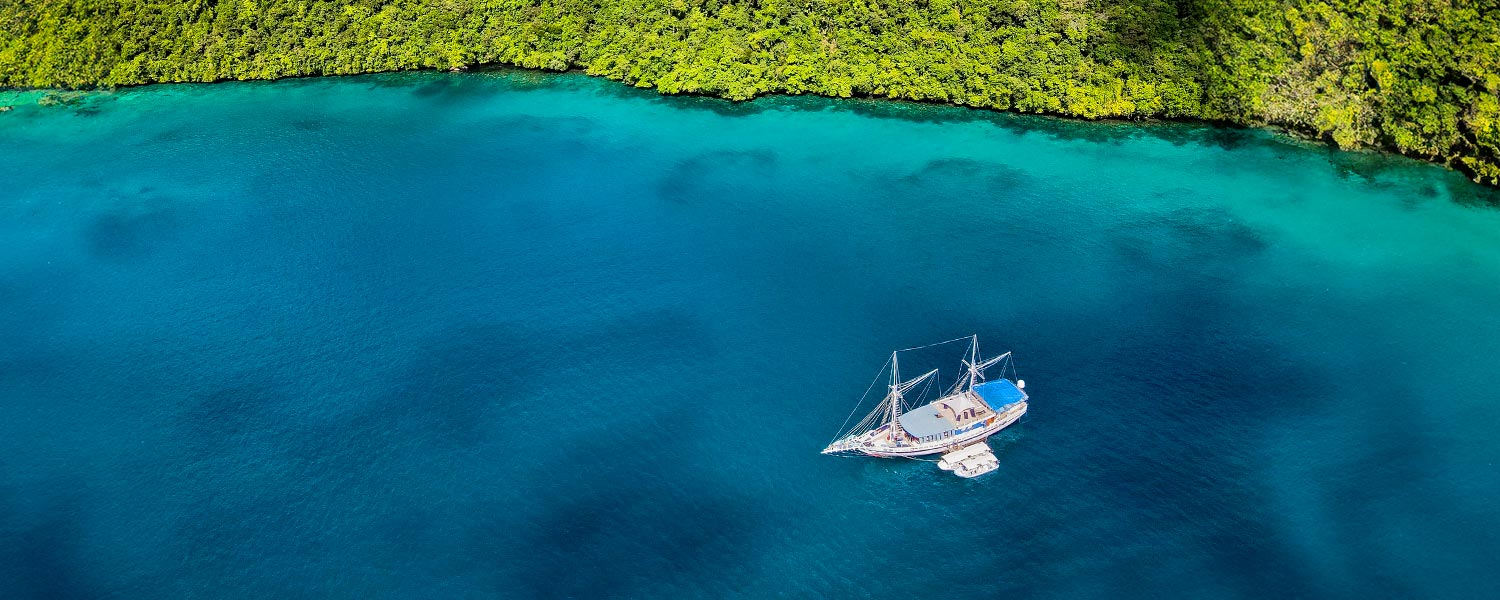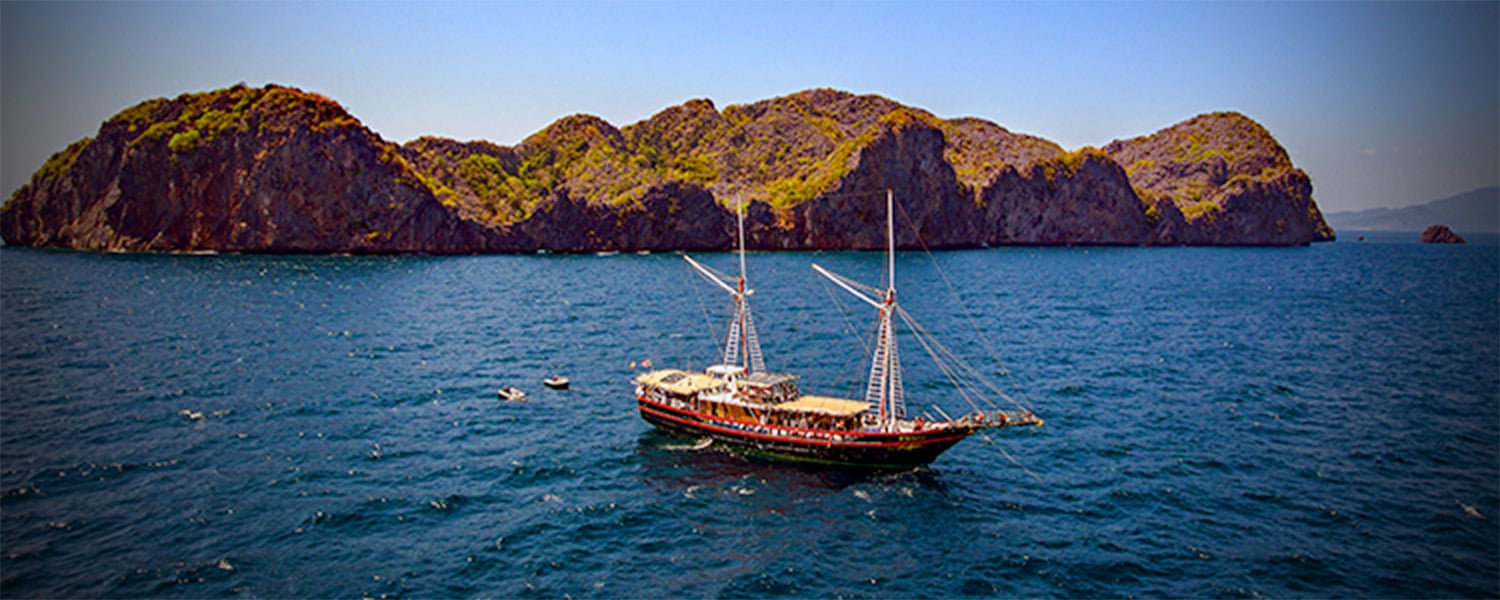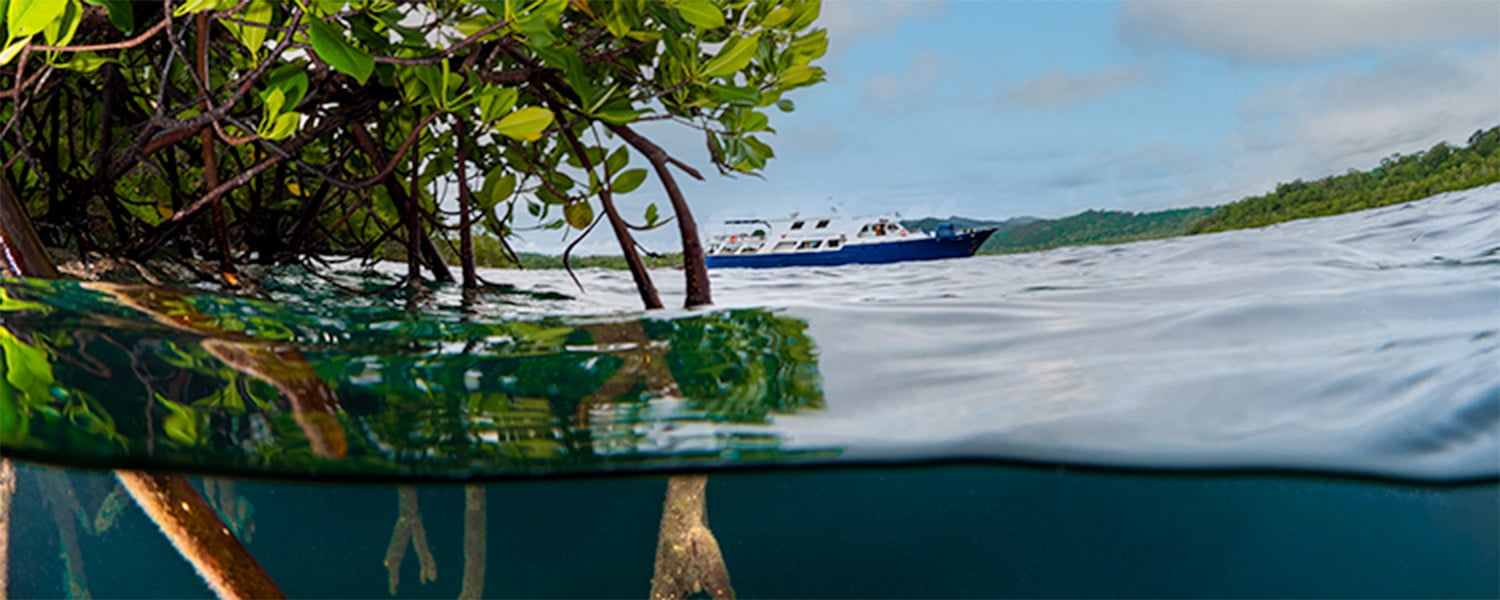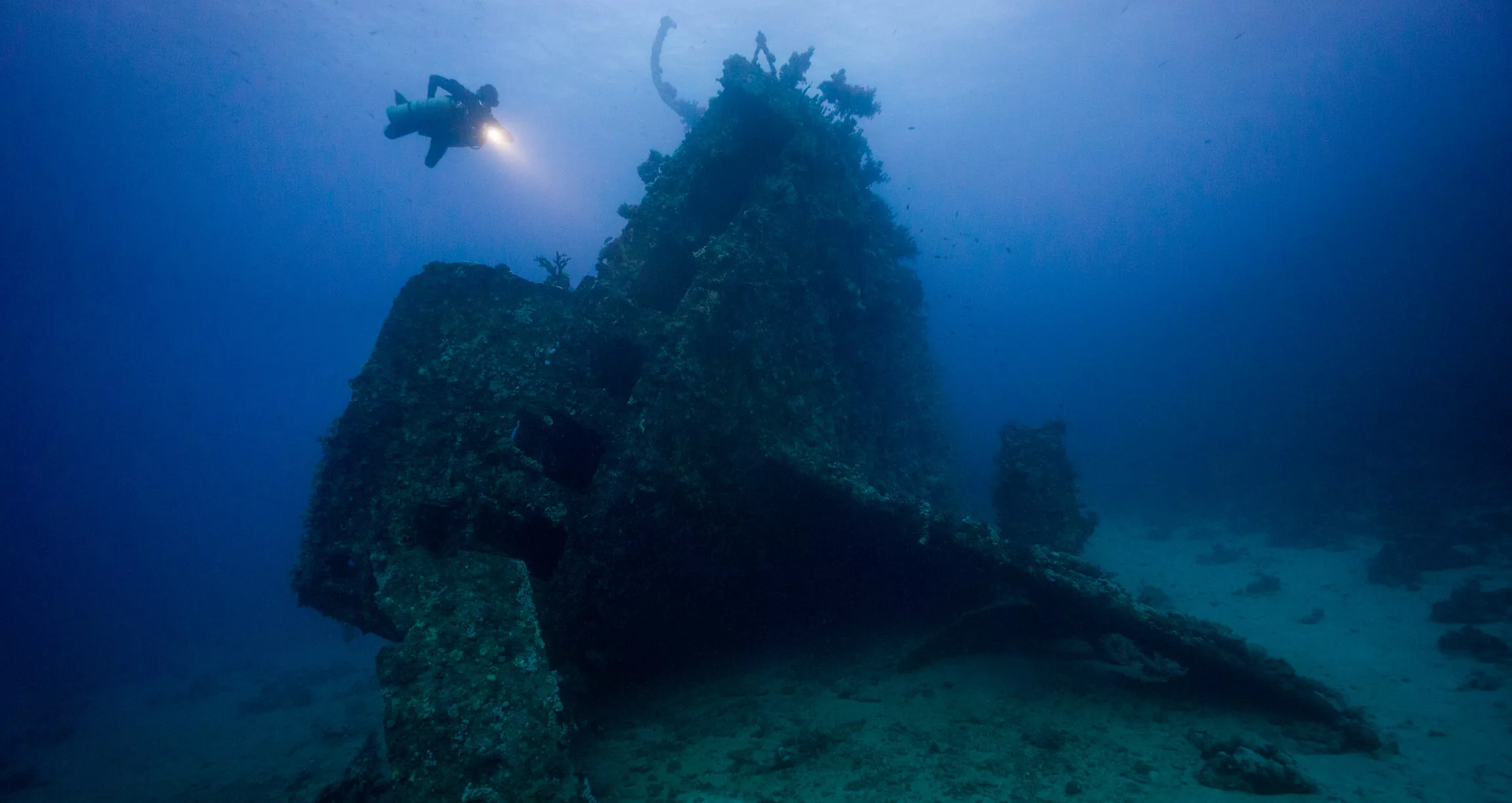Operation Crossroads was a product of its time. The world was beginning to heal itself after WWII and nobody wanted a repeat. But there was great paranoia as well. The prevailing opinion seemed to be that nobody would start any trouble if they knew they could be destroyed in one day. So testing new weapons and showing the world the dramatic effects was all part of that. But what is the legacy of Operation Crossroads today?
Ending the operation
As described in our blog on the Baker Test, the effects to the nuclear fleet was far greater than expected. 90% of the target vessels were covered in dangerous amounts of plutonium. Clean up process was also not having the desired effect. Things were so bad that the joint chiefs halted clean up operations on the 10th August 1946. This meant that preparing vessels for third test, Charlie, was not going to happen. Which meant Crossroads was over.
The original plan called for a second in-water detonation, the Charlie Test, in early 1947. The difference this time was that it was going to happen outside the lagoon, in deeper water. Research was going to focus on what would happen to a fleet that was not moored. The Navy’s official reason for the cancellation was that enough data had been collected from the first two tests. Of course, the real reason was that they couldn’t prepare the vessels already in Bikini; and even the largest military doesn’t have a second stash of spare vessels in their pocket. Even after the end of a war.

The nuclear fleet and its men
The radioactive footprint is probably the biggest legacy of Operation Crossroads. Somewhat surprisingly, the Navy’s original plan was to sail any ships not used in the Charlie Test back to the US. Instead, of the original 100 or so vessels that arrived in Bikini, the Navy towed back only 10 vessels and sailed only 12 vessels back home under their own power. Of the returning vessels, they managed to only scrap 9 safely…which probably tells you all you need to know about the radioactivity of the fleet.
The government carried out detailed radiological inspections on returning vessels. Once testing was completed, vessels were either scrapped or scuttled. This happened primarily off San Francisco and Hawaii. The Navy towed the remaining vessels in Bikini, that were not sunk in the blasts, back to Kwajalein. Here, the fuel and live ammunition was removed. Again, the boats were mostly scuttled, this time outside the lagoons. The exception was Prinz Eugen: as we know, she capsized in Kwajalein all on her own before her fate had been decided.

Testing those in attendance
Scuttling the personnel involved in Operation Crossroads was not really possible. But of course, they could be studied. And studied they were, for quite some time. It must be remembered that these were very early days in actually blowing up nuclear devices and looking at effects outside the initial destruction. Experts knew it was bad, obviously, but there was no real understanding of how bad…or, possibly, not bad.

There would be much more rigorous measuring and testing today than there was in the 1940’s. But still, relevant people took lots and lots of measurements. It doesn’t take a rocket scientist to know that sailors were exposed to increased radiation. But surprisingly, the effects of that radiation are hard to pin down long term.
A 1996 government study found that veterans who were at Bikini had a higher mortality rate than non-Bikini veterans. A 4% higher rate. Those who boarded target ships after the tests also had a higher mortality rate than those who didn’t. Almost 6% higher in fact. The interesting part here though, is that we don’t know why. Common sense would say that things like leukeamia and cancer would likely be a reason. But they’re not. We simply don’t know at this point why the increased mortality, beyond the fact that the people were there.
More testing
If you thought Operation Crossroads was the end of the testing, think twice!
Internationally, the Cold War tensions between the United States and Soviet Union escalated after the Soviets conducted their first successful detonation of a nuclear weapon in 1949. As part of the ensuing arms race, the Atomic Energy Commission, which was now in charge of U.S. testing in the Marshall Islands, began experimenting with fission and hydrogen technology. The plan was to conduct the first of those tests in Enewetak Atoll in 1952.
But back in Bikini, on March 1, 1954, the United States detonated its most powerful nuclear weapon, the 15-megaton Castle Bravo test. The test carried irradiated coral dust from the three islands it vaporized in the form of fallout over inhabited atolls of Rongelap, Ailinginae, and Utrok. The snow-like substance coated the people, foodstuffs, and water. Within hours inhabitants were suffering from the effects of radiation poisoning.
The Bravo detonation scarred Bikini Atoll with a mile-wide crater at the detonation site. You can still see it very clearly today on satellite images.

Bikini Atoll and its people – a sad legacy of exile
The saddest legacy of Operation Crossroads is surely that of the people of Bikini Atoll. They left on March 7, 1946 and are yet to return. They remain nuclear refugees, spread out over the islands of Kili and Ejit, Majuro, and other atolls in the Marshall Islands. Outside the Marshalls, they are found in communities in the United States, particularly in Springdale, Arkansas. The Bikinian people – most of whom have never seen their idyllic atoll – want to return home.
Though Bikini is not suitable for permanent habitation, it’s considered safe for short term visits. As such, in the early 1990s the Bikini Council, with help from the US National Parks Service, resurveyed the lagoon. The plan was to develop tourism and develop land-based diving operations. As part of this, a land-based dive center was built, which opened to visitors in June 1996. This would help provide an economic base for the Bikinians after a possible future resettlement of Bikini Atoll.
Sadly, the Bikinians still haven’t been able to permanently resettle Bikini and the dive center is no longer operating.

In 2010, the UNESCO added the Bikini Atoll Nuclear Test Site to its list. The UNESCO selected Bikini based on its importance at the dawn of the nuclear era and its paradisiacal island setting juxtaposed with the violence caused by nuclear detonations, very clearly visible in the lagoon’s sunken vessels and the one-mile wide crater caused by the Bravo detonation in 1954.
In 2018, Master Liveaboards joined up with the Bikini Council to offer a regular schedule of trips to Bikini Atoll each year. One legacy of Operation Crossroads is that you now have the opportunity to explore and dive one of the most remote wreck diving locations in the world.



